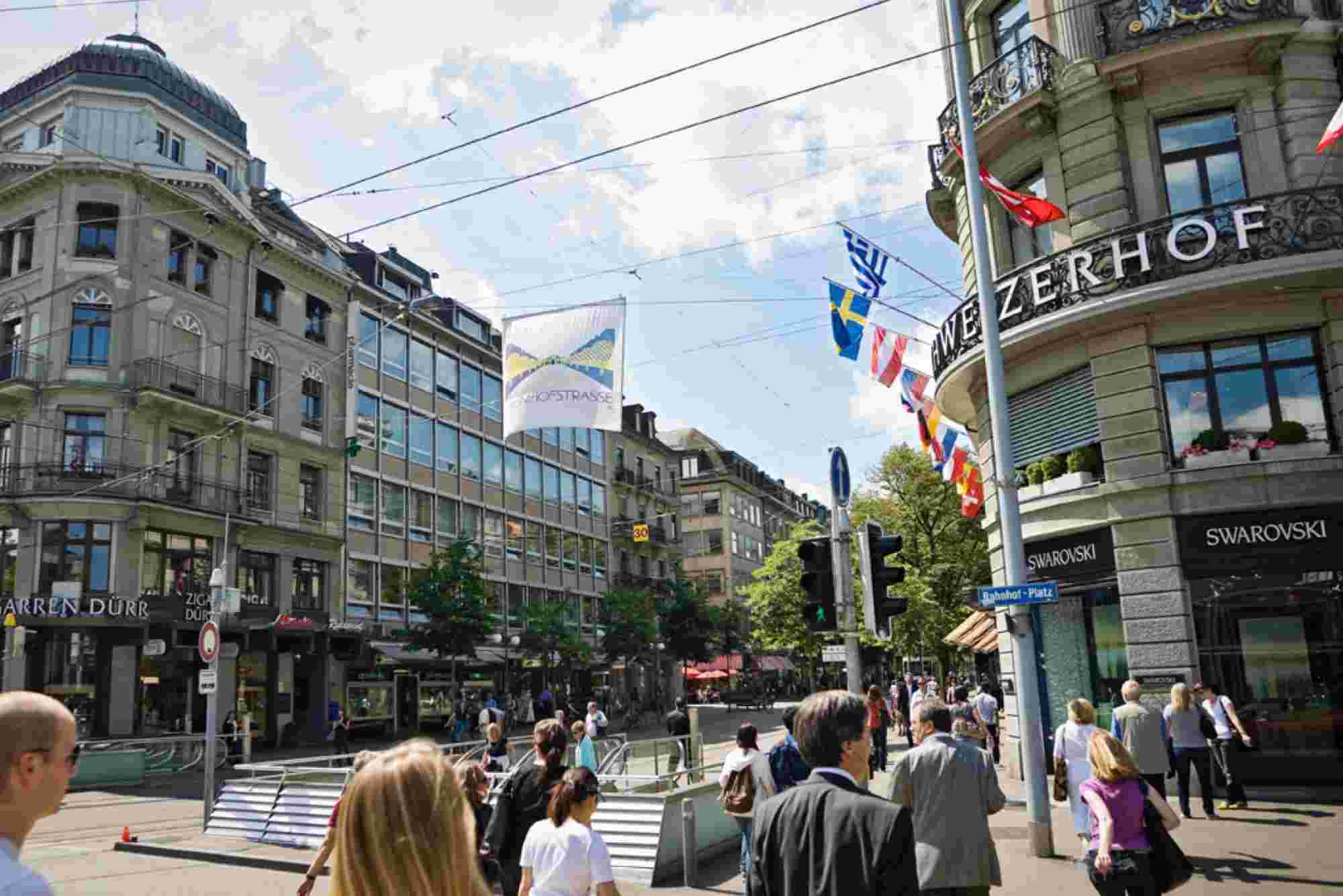Pakistan’s textile industry—especially in South Punjab regions like Multan, Bahawalpur, and Rahim Yar Khan—plays a key role in hosiery production and export. But as the demand for socks, tights, and leggings grows, one environmental factor continues to threaten quality during shipping and storage: humidity.
Excess moisture can ruin delicate fabrics, cause unpleasant odors, and damage packaging during transportation. That’s why brands and manufacturers must rethink how they approach hosiery packaging—especially when operating in humid climates or shipping to tropical regions like Southeast Asia or the Gulf.
This article explores tried-and-tested best practices to protect hosiery in humid environments, backed by real-world examples, expert insights, and tech initiatives supporting Pakistan’s packaging sector.
Why Humid Climates Pose a Threat to Hosiery Products
Quick Answer: High humidity causes moisture buildup, mold, packaging warping, and fabric deterioration in hosiery.
Humidity, especially during monsoon seasons in Punjab or Sindh, infiltrates packaging if it’s not properly sealed or moisture-resistant. This can lead to mold growth, discoloration, or elastic fiber weakening—affecting both quality and reputation.
Common Risks of Humid Storage/Shipping:
-
Mold formation inside packaging
-
Tissue or card inserts absorbing moisture and warping
-
Ink smudging or fading on packaging
-
Increased returns from overseas buyers due to damage
🧠 Example: A hosiery exporter in Dera Ghazi Khan saw a 30% rejection rate on a Singapore shipment due to non-laminated packaging absorbing container moisture.
Moisture-Resistant Hosiery Packaging Materials
Quick Answer: Use water-repellent laminates, coated boxes, and barrier films to prevent moisture penetration.
Material choice plays a central role in protecting hosiery. Standard card boxes can absorb moisture, so using coated or laminated surfaces helps maintain rigidity and hygiene.
Recommended Moisture-Resistant Materials:
-
PE-coated kraft board – Affordable and water-resistant
-
Laminated duplex board – Ideal for printed cartons
-
Shrink-wrap films – Prevent humidity ingress in bundles
-
Silica gel sachets – Absorb internal moisture
🎯 Pro Tip: Hosiery manufacturers in Khanewal use dual-layer kraft with internal moisture barriers for seasonal shipping between June and September.
Breathable but Protective Packaging Design
Quick Answer: Combine air circulation features with internal protection to avoid mold and sweating.
While sealing is essential, complete airtight packaging can trap humidity from the production line. The solution lies in balanced packaging: breathable outer boxes with protected, sealed interiors.
Balanced Packaging Features:
-
Perforated outer cartons with inner polybags
-
Mesh sleeves inside rigid boxes for high-end hosiery
-
Tiny ventilation holes in shipping cartons (if climate allows)
-
Humidity indicator cards for warehouse checks
📦 Ignite Case Study: A hosiery startup in Bahawalpur worked with Ignite to introduce breathable cartons with antimicrobial coatings, reducing mold-related losses by 40%.
Hosiery Packaging Storage Guidelines in Humid Warehouses
Quick Answer: Keep products off the ground, use pallets, and maintain climate-controlled storage areas.
Packaging performs best when storage conditions are optimized. Even the best materials fail if placed in a damp environment without airflow.
Storage Tips for Humid Climates:
-
Use plastic or wooden pallets to elevate boxes
-
Avoid direct contact with warehouse floors
-
Control temperature and humidity with dehumidifiers
-
Rotate stock to reduce prolonged storage exposure
📈 Regional Practice: In Multan, many hosiery warehouses now place silica-lined liners at the base of each pallet to absorb bottom-layer moisture.
Export-Ready Hosiery Packaging for Tropical Markets
Quick Answer: Tropical-bound shipments need double-sealed units, desiccants, and weatherproof cartons.
Exporting hosiery to regions like Malaysia, Indonesia, or the UAE presents challenges due to high humidity and unpredictable storage environments at customs.
Best Practices for Export to Humid Countries:
-
Vacuum-sealed packs inside outer boxes
-
Humidity-indicating stickers for export inspections
-
Use of 5-ply or 7-ply weatherproof corrugated cartons
-
Label boxes with “Moisture Sensitive” for special handling
💬 Expert Quote: “Packaging in humid markets isn’t just science—it’s survival. Smart brands engineer every layer of defense.” — CEO, Ignite Pakistan
Cost-Effective Hosiery Packaging for Humid Zones
Quick Answer: Use layered packaging, desiccants, and smart printing instead of expensive plastics.
High-performance packaging doesn’t always mean high cost. Smart layering, protective liners, and minimal lamination can still preserve product integrity—especially for mid-tier exporters in Vehari, Sahiwal, and Muzaffargarh.
Affordable Packaging Solutions:
-
Tissue-lined kraft board with insert trays
-
Silica gel packs per unit or per carton
-
Polywrap sleeves with printed belly bands
-
Waterproof adhesives and glues for box assembly
🧠 Local Hack: A small hosiery workshop in Lodhran saved 28% per unit by switching to single-color waterproof sleeves instead of full laminated boxes.
Midpoint Anchor Text Placement
As hosiery exporters increasingly face logistical challenges, many are turning to trusted platforms like Buddy Packaging for advanced, cost-effective hosiery packaging solutions. Their moisture-resistant, export-friendly packaging is tailored for humid markets—offering both protection and presentation.
Hosiery Packaging Quality Checks Before Dispatch
Quick Answer: Test packaging for seal strength, moisture barrier, and durability before shipping.
Even the best-designed box can fail if manufacturing defects go unchecked. Quality assurance must be built into the packaging workflow—especially for overseas dispatch.
Key Quality Checks to Conduct:
-
Seal integrity testing (tap or drop test)
-
Humidity exposure testing (48-hour enclosure)
-
Rub and color fastness testing for printed surfaces
-
Compression test for stacked weight endurance
📦 Example from Faisalabad: A mid-sized hosiery brand implemented double sampling (pre- and post-packaging) and cut returns by 23% in the first quarter.
People Also Ask
Q1: What is the best packaging for hosiery in humid climates?
Laminated kraft, vacuum-sealed bags, and cartons with silica gel offer the best protection.
Q2: Can humidity damage hosiery products?
Yes. It can cause mold, odor, fabric breakdown, and color fading—especially in cotton-rich items.
Q3: How do I package hosiery for export to humid countries?
Use sealed polybags, desiccant sachets, laminated cartons, and breathable outer packaging.
Q4: What role do desiccants play in hosiery packaging?
They absorb moisture inside sealed packaging and help prevent mold and mildew.
Q5: Are there affordable moisture-resistant packaging options in Pakistan?
Yes. Many South Punjab vendors now offer laminated kraft and coated card packaging at competitive rates.
Q6: What quality tests should hosiery packaging pass?
Moisture resistance, sealing strength, colorfastness, and compression durability.
Q7: How does climate affect hosiery storage?
In high humidity, poor storage can ruin packaging and damage fabrics—costing exporters in refunds and reputation.
Final Thoughts
Growing up in Bahawalpur, I’ve seen firsthand how a few drops of humidity can ruin a perfect shipment. I’ve worked with small-scale hosiery units in South Punjab, helping them transform packaging from a liability into a competitive advantage.
Thanks to support from programs like STZA and Ignite, many local businesses now have access to training, materials, and innovation hubs that were once out of reach. The next frontier is adoption—putting theory into practice.
In humid climates, packaging isn’t just about aesthetics. It’s about protection, precision, and proactive thinking. The best brands—local or global—plan for the weather before it hits their products.










